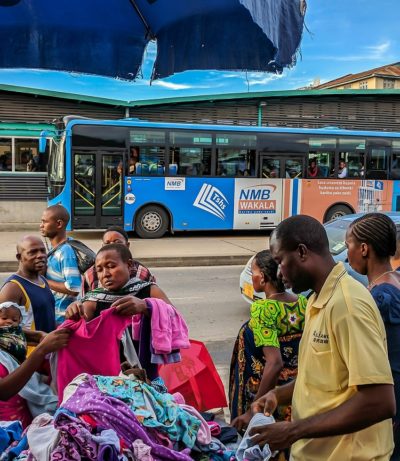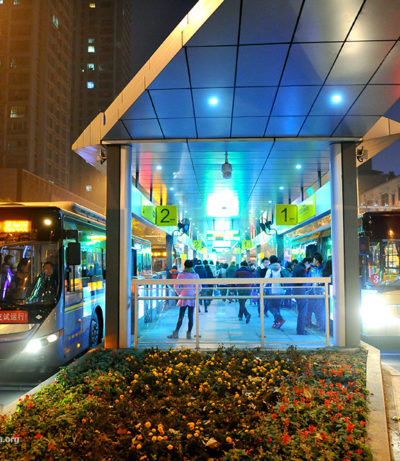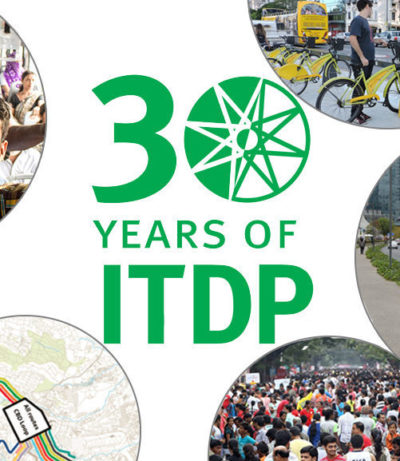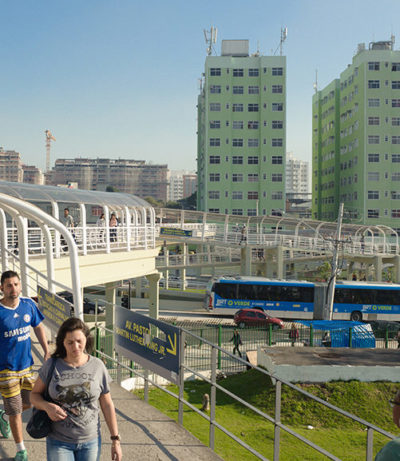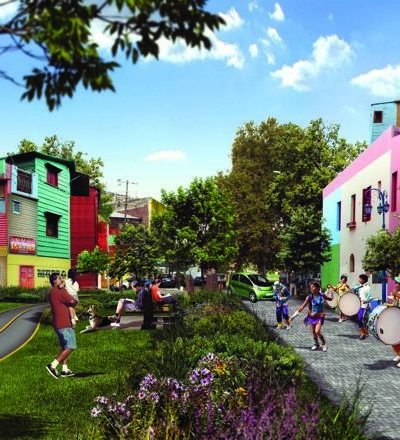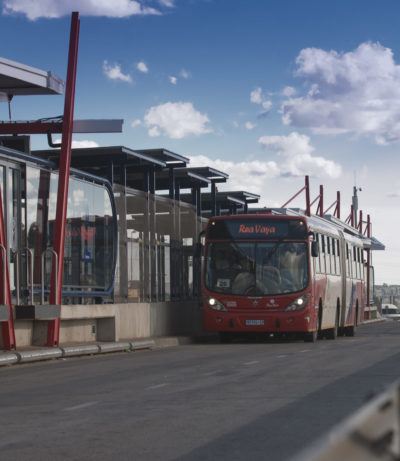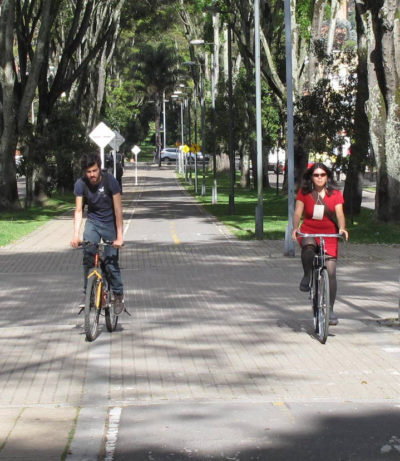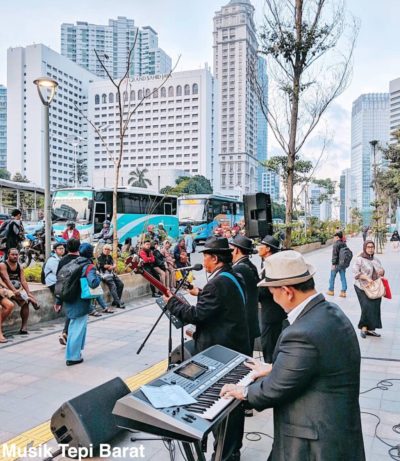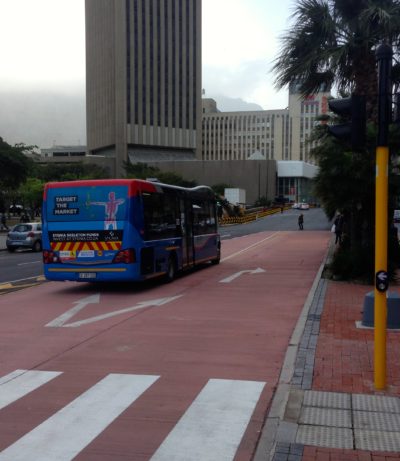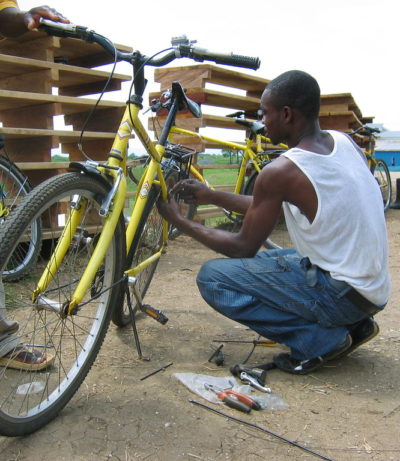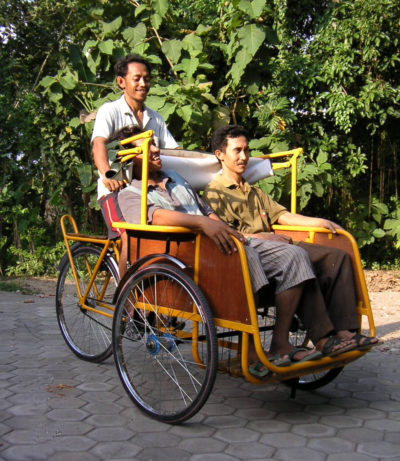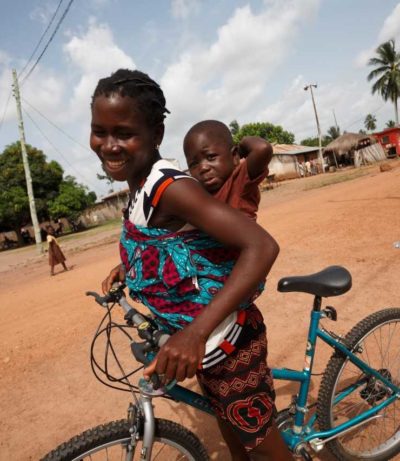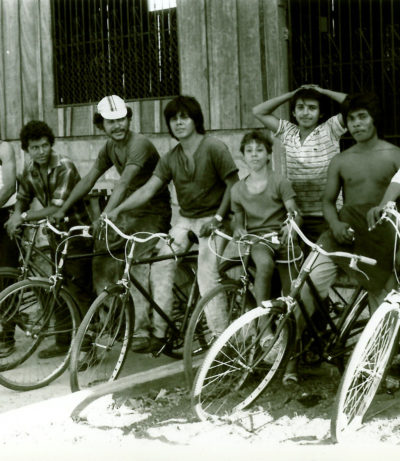2019
ITDP started work in Los Angeles, California where climate change and air quality are moving from and center in the discussions and perspectives of the constituents. ITDP Brazil launched MobiliCAMPUS, an online educational program for Brazilian city leaders and public servants, it has been hugely successful with long waitlists and large class sizes. Fortaleza, Brazil hosted MOBILIZE which helped improve sustainable mobility in that city, and today traffic-related deaths have decreased every year. The Addis Ababa government, with the support of ITDP, announced a bold NMT strategy as a part of Ethiopia’s fight against climate change. Mexico has implemented multiple walk and bike to school days, to improve pedestrian zones and infrastructure. Transjakarta, Jakarta’s BRT continues to grow and has a ridership of over 600,000 daily.



